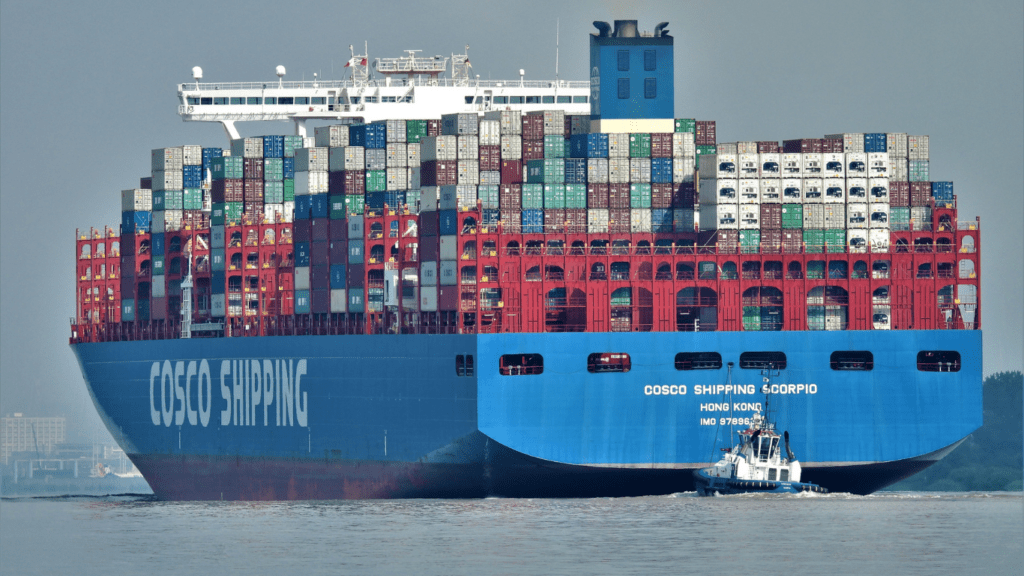Understanding the Current Energy Price Spike
Global demand for energy has surged, straining supply chains worldwide. Production slows due to uneven recovery from the pandemic, creating bottlenecks that drive prices higher. Rising demand, coupled with supply constraints, aggravates the situation. Geopolitical tensions, such as conflicts in energy-producing regions, further destabilize the market. Analyzing these elements reveals that several interlinked factors cause the price spike.
Several countries experience significant increases in energy costs. For example, European nations see natural gas prices rise due to reduced imports and lower domestic production. In the United States, crude oil costs climb as refineries struggle with labor shortages. Consumers face rising utility bills, affecting household budgets.
Energy policies also play a critical role. Regulations impact fossil fuel production, influencing supply and consequently prices. Renewable energy efforts continue, but transition timelines affect current energy supplies. Governments and organizations strive to balance policies with energy needs, which directly influences market dynamics.
Understanding these complexities aids in grasping why energy markets fluctuate. Increased consumer awareness can drive informed decisions, providing clarity amidst global economic shifts.
Factors Driving Global Supply Concerns
Global supply concerns stem from several critical factors that impact energy prices and availability. These factors reflect complex interdependencies and highlight vulnerabilities in the current energy landscape.
Geopolitical Tensions
Geopolitical tensions exert significant pressure on global energy supplies. Issues in key energy-producing regions, such as the Middle East and Eastern Europe, disrupt supply chains and inflate prices. Production slowdowns often follow sanctions or conflicts, affecting international trade. For example, tensions in the Persian Gulf frequently lead to fluctuating oil prices, impacting markets worldwide.
Natural Disasters and Their Impact
Natural disasters disrupt production facilities, leading to supply shortages. Hurricanes in the Gulf of Mexico, for instance, often damage offshore platforms, reducing oil output. Severe weather can also affect infrastructure like pipelines, resulting in delays and increased costs. Recovery from such events requires time and resources, further straining the supply chain.
Supply Chain Disruptions
Supply chain disruptions hinder the efficient distribution of energy resources. Labor shortages in transportation sectors cause delays, while bottlenecks at ports and terminals slow fuel shipments. The COVID-19 pandemic highlighted these vulnerabilities, with reduced workforce availability exacerbating the situation. These delays contribute to higher energy prices as demand outpaces supply.
Economic Implications of Rising Energy Prices

The surge in energy prices has far-reaching economic consequences. It’s crucial to assess these impacts as they ripple through various facets of the economy.
Effects on Inflation
- Rising energy prices directly affect inflation by increasing the cost of goods and services.
- When energy costs climb, production and transportation become more expensive, and manufacturers pass these costs to consumers.
- This upward pressure on prices contributes to higher inflation rates.
- The Consumer Price Index (CPI) often rises when electricity and fuel costs spike.
- A persistent rise in energy prices can cause central banks to adjust interest rates, impacting borrowing costs for consumers and businesses alike.
Impact on Consumer Spending
- Consumers feel the pinch as energy prices rise, leading to changes in spending behavior.
- Higher utility bills and gasoline prices reduce disposable income, forcing households to prioritize essential expenditures over discretionary purchases.
- This shift impacts sectors like retail and entertainment, which rely on consumer discretionary spending for growth.
- Services dependent on energy, such as travel and hospitality, may also see a downturn as consumers cut back on non-essential travel and leisure activities.
- By understanding these changes, businesses can adapt strategies to mitigate reduced consumer buying power.
Global Response to Energy Market Volatility
Energy market volatility is prompting diverse responses globally, with governments and industries seeking solutions to stabilize costs and ensure supply stability.
Government Interventions
Governments are actively deploying various strategies to combat energy price spikes. Many countries, including France and Spain, are reducing taxes on energy bills to ease consumer burdens. In Asia, some national governments are tapping into strategic reserves to stabilize supply. Regulatory measures, like price caps and subsidies for vulnerable populations, aim to cushion the financial impact on households. These interventions play a crucial role in maintaining economic stability and preventing social unrest.
Alternative Energy Sources
Exploring alternative energy sources presents a sustainable strategy for mitigating future volatility. Countries are investing heavily in renewables; Germany and China lead with significant investments in solar and wind infrastructure. Emerging solutions, like hydrogen and biomass, also gain traction as nations diversify energy portfolios. This shift not only addresses supply issues but also aligns with long-term environmental goals, reducing dependency on traditional fossil fuels. Investing in these alternatives helps countries buffer against future supply disruptions and price fluctuations.


 Caitlin Grove brought her expertise in communication and content strategy to Funds Fortune Roll, crafting engaging and educational articles that resonate with a diverse audience. Her ability to break down sophisticated financial concepts into relatable and actionable advice has helped the platform connect with both novice and seasoned investors. Caitlin's dedication to delivering high-quality content has been instrumental in the success of Funds Fortune Roll.
Caitlin Grove brought her expertise in communication and content strategy to Funds Fortune Roll, crafting engaging and educational articles that resonate with a diverse audience. Her ability to break down sophisticated financial concepts into relatable and actionable advice has helped the platform connect with both novice and seasoned investors. Caitlin's dedication to delivering high-quality content has been instrumental in the success of Funds Fortune Roll.